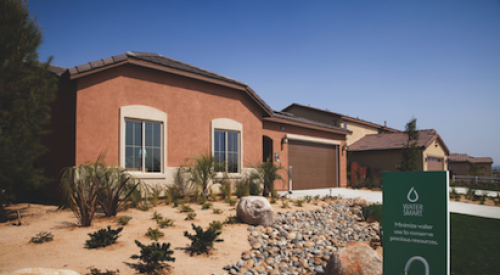 |
| Paul Deffenbaugh Editorial Director |
Back in the early 1990s, when the same term last made the circle, it meant identifying ways to improve construction and design so that the value of the product increased relative to the investment. The improvements ranged from revised floor plans to reduced cycle times. These days, I'm concerned that those hard, smart decisions are falling to the wayside in favor of easy decisions, such as installing laminate countertops instead of granite. Value engineering has become superficial.
The green and performance-housing movements give me pause, however. Builders have been attracted to the these trends, and one of the upshots is that it forces them to make the hard, smart decisions about structures, insulation, windows and HVAC. You can't go green and make decisions based solely on cost. It truly is value engineering.
| Whether you are going green or value engineering, a continuous improvement process is essential to success. |
For the entrepreneurial home builder, this causes deep heartache. There is a solution, though. It's called continuous improvement, and it is a hallmark of the total quality management. I think there are people out there who may shudder at the idea that Professional Builder is still ardently backing this management principle. Let me reassert that we do so because it works, and we ardently believe that if more builders used TQM, they would be in much better shape than they are now.
If you are considering going green or value engineering and want swift change that can be implemented, then the overlay of a defined continuous improvement process — in which the goals are clearly defined within the context of the company mission — is far more likely to lead to success. That's a mouthful, but the bottom line is this: in times of stress and change, defined operational processes will help you succeed.












